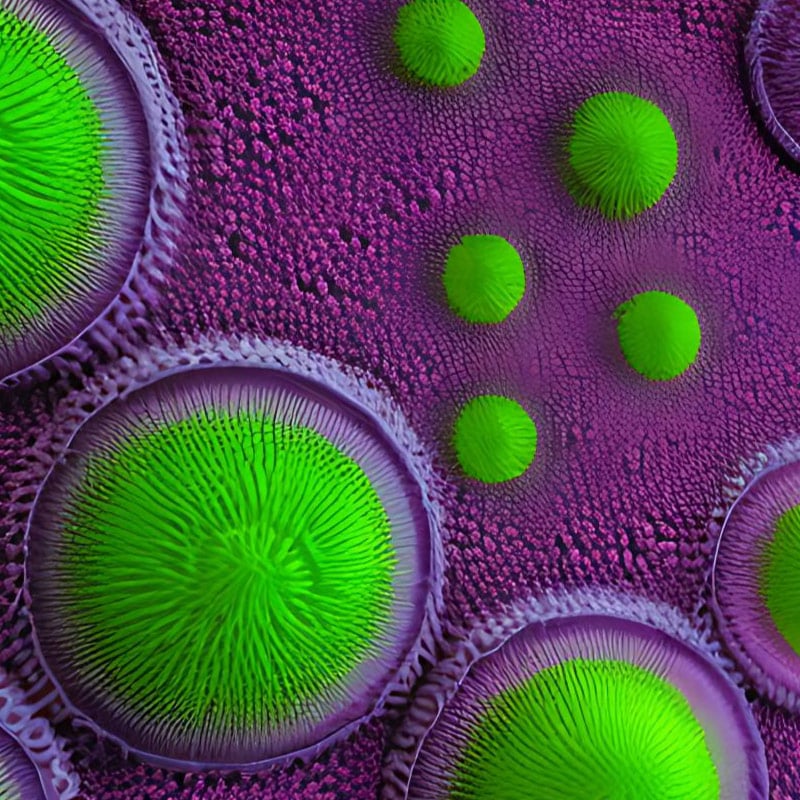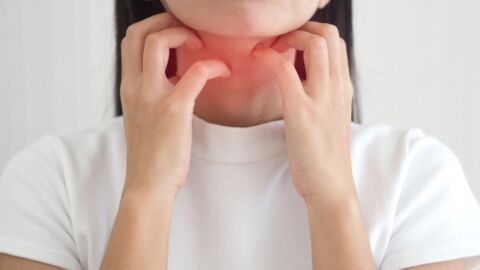Mosaic EDGE (formerly GPL Academy) has been educating practitioners for over 15 years on how to help patients heal through cutting-edge testing, research and protocols. In our recent 2-Day OAT+TOX Workshop, speakers focused on the epidemic of environmental toxin exposure, from the many chemicals we encounter every day to mycotoxins released from mold. Attendees learned about many common environmental pollutants from the 173 chemicals tested by the GPL-TOX Profile.
The following Q+A is a grouping of responses from Kurt Woeller, DO, who participated in the OAT+TOX Workshop with his own unique topics and lectures as labeled.
The material contained within this article is not intended to replace the services and/or medical advice of a licensed healthcare practitioner, nor is it meant to encourage diagnosis and treatment of disease. It is for educational purposes only. Any application of suggestions set forth in the following portions of this article is at the reader’s discretion and sole risk. Implementation or experimentation with any supplements, herbs, dietary changes, medications, and/or lifestyle changes, etc., is done so at your sole risk and responsibility.
Introduction to the OAT
Q: Can you see parasite infection on here and can that impact dopamine? Dopamine markers are elevated / too low but no clostridia in ASD child.
A: There is no specific marker absolutely diagnostic for parasites on the OAT. You would need to do stool testing.
Q: Hippuric acid – is this indicative of bacterial infection i.e. parasites?
A: It is indicative of increased normal digestive bacterial activity in the presence of chlorogenic acid found in many foods, e.g. fruits, potatoes, and other vegetables. There is a full list of foods in the interpretation section of the OAT.
Q: If 61 is high but no sweeteners in diet what could be the cause?
A: Often seen with bacterial markers found on page 1 of the OAT. Could also be phenols found naturally in foods.
Q: Is there an issue if ALL amino acid metabolites are low?
A: No. This section of the test is only significant when the values are elevated. This section of the OAT is to evaluate for certain metabolic diseases. Therefore, when the values are low it indicates that there is no evidence of a genetic disease linked to the specific marker.
Q: Ascorbic acid is extremely low in a child on a very high veg whole food diet – what would be the reason?
A: Ascorbic acid is commonly low on the OAT because it is an unstable acid in urine. The main reason the marker is on the OAT is to pick up on high values that might be associated with high oxalic acid.
Q: Do you recommend treating candida, when values are high, even if patient is asymptomatic?
A: Yes. I feel it is still worthwhile to treat.
Q: Does the high vitamin C ascorbic increase oxalate?
A: In some circumstances it might.
Q: Will uracil be elevated in those recently vaccinated?
A: I do not know. This would be a good thing for you to watch for in your practice.
The Link Between Invasive Candida and Various Health Issues
Q: If a person had pseudomonas aeriginosa and never took antibiotics for it, curing it naturally is there still the possibility of having a biofilm present?
A: Yes. It appears many of these bacteria produce biofilm as a natural part of their existence.
The Link Between Clostridia Basteria Toxins
Q: What is your opinion on the effectiveness of Botanical treatment versus Abx/Antifungal prescription medication?
A: It depends on what you are treating and how severe the condition is. I mostly try and use botanicals and reserve antibiotics for more severe conditions.
Q: I have a patient with 3 oxoglutaric acid which is listed in the intestinal overgrowth panel. He has elevated HPHPA and arabinose also. Is the 3 oxoglutaric different?
A: It gets produced from different types of intestinal yeast. Remember, candida is a type of yeast too, but there are different yeast species.
Q: What is the significance of 3-Oxoglutaric acid?
A: It gets produced from different types of intestinal yeast. Remember, candida is a type of yeast too, but there are different yeast species.
Additional Case Studies
Q: For fungal markers, do you do a course of binders and if no response prescribe? What would make you add itraconazole/other antifungal?
A: I will typically add binders for any infections, e.g., candida, mold, bacteria. The use of Itraconazole would be based on the severity of the condition and known exposure to environmental mold. It is not a medication I will typically start with. I have seen good success with digestive mold, e.g., aspergillus, with oral Amphotericin B (from a compounding pharmacy).
Q: Has Dr. Woeller ever worked with people (children especially) with Bardot Biedl Syndrome (BBD)? Parts of the Schizophrenia case seem similar to traits of this especially with inability to absorb or break down fats and low cholesterol.
A: I have not. In fact, I have never heard of this syndrome before. I will look into it.
Q: The question is about what trips the trigger to make him add the antifungals.
A: I am always going to treat yeast regardless of how high the OAT markers are. As a basic level this would be a botanical like Biocidin and probiotic. However, if I feel the severity of the condition warrants medications, I will use these too such as Nystatin. If I have a autistic child that is extremely yeast reactive such as inappropriate laughter, high self-stimulatory behavior, bloating, excessive flatulence than Nystatin may be needed. However, I have seen botanicals work too. As a general rule, I attempt botanicals first, then go with meds if these do not work.
Q: How do you treat a 2.5 year old with high arabinose, oxalic acid and quinolinic acid, mold exposure (+ penicillium)?
A: First, you need to find out if the mold exposure is causing high mycotoxins. The high oxalic should be addressed with a low oxalate diet and calcium/magnesium with meals, minimally. But, oxalic can often occur from mold exposure, so this needs to be addressed too. High arabinose is linked to invasive candida. Both the mold and candida might be able to be addressed with botanicals and probiotics. Medications are not my first option in most cases. The quinolinic acid can often be helped with niacinamide. This type of scenario is really based on the severity of the condition and what type of child we are supporting. Are they autistic? Do they have self-injurious behavior? How well do they take supplements? All of these questions and more need to be asked and determined before proceeding with any type of treatment program.





